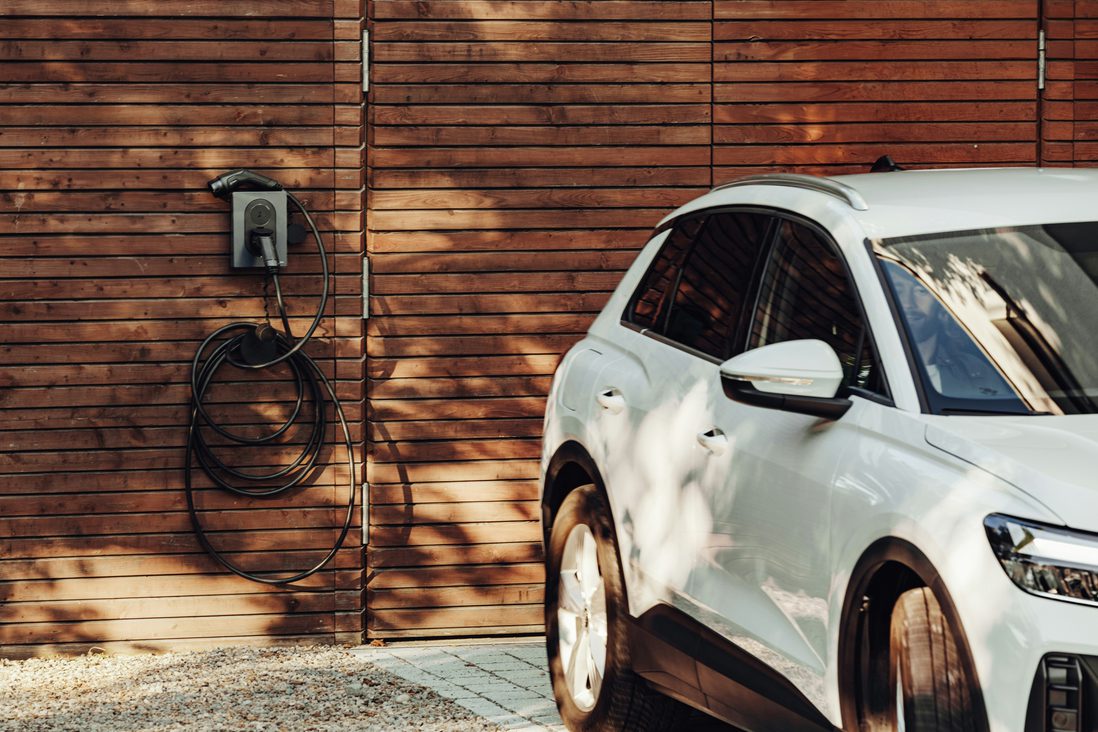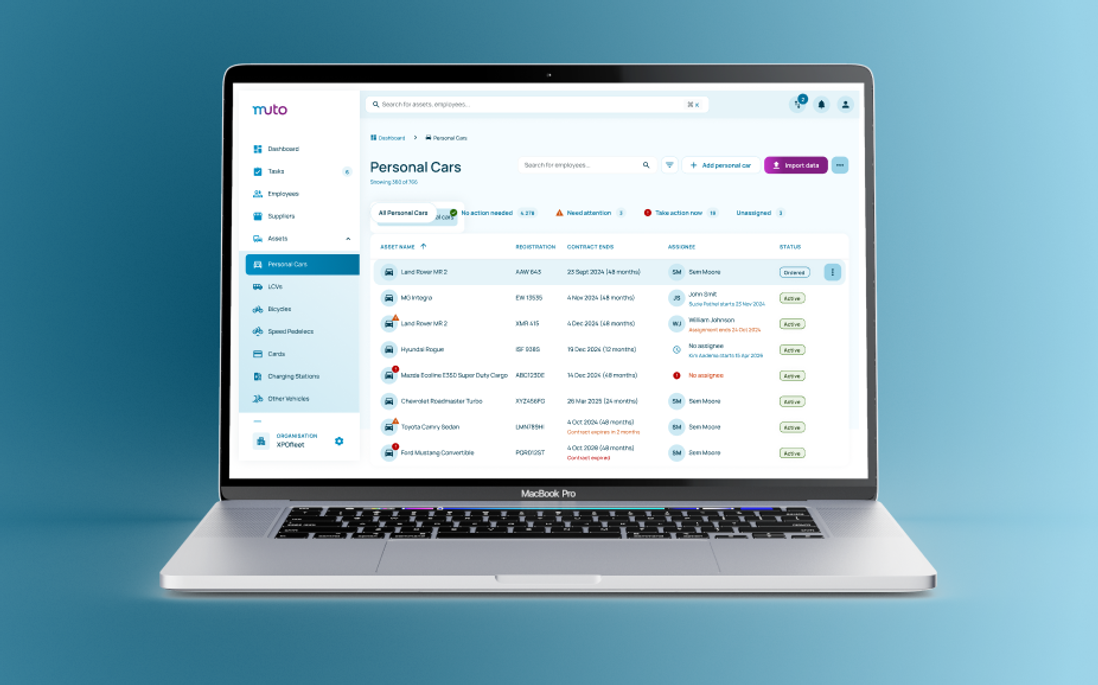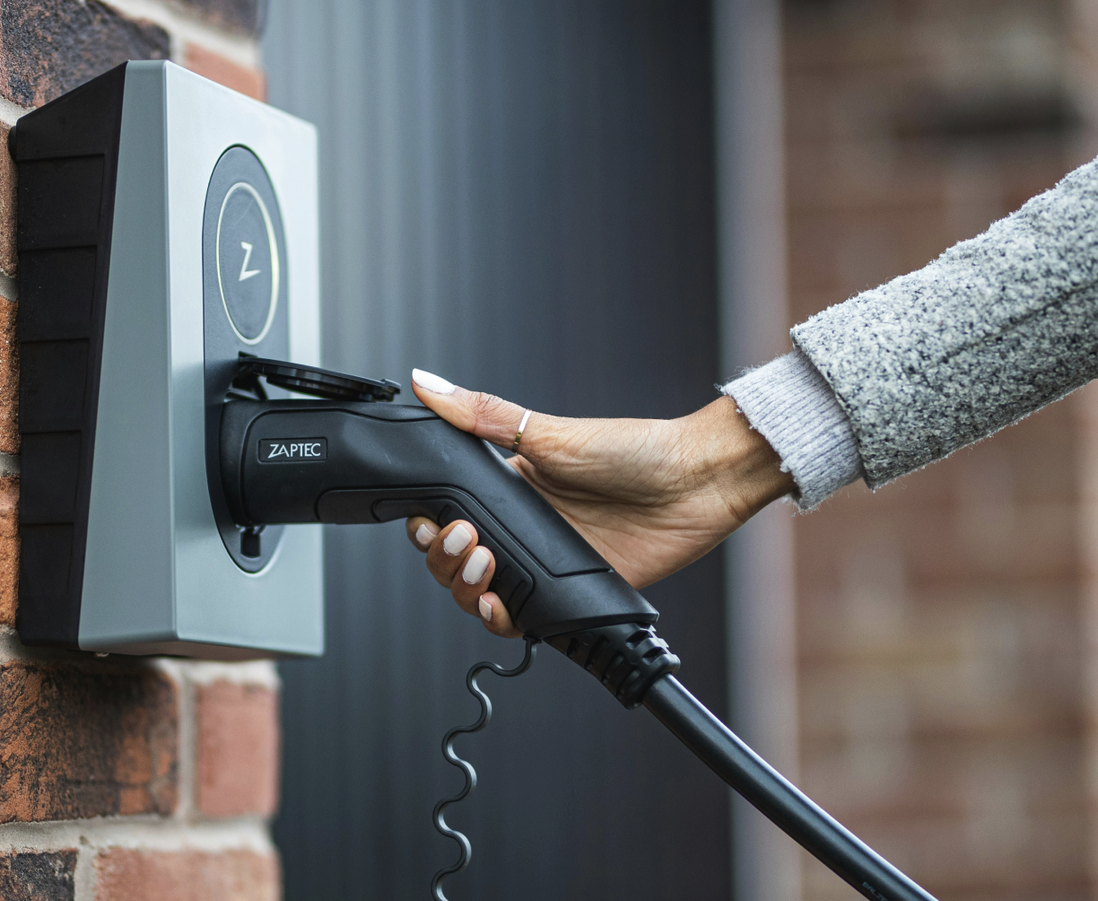Ready for 2026: 3 mobility moves every HR and fleet leader must nail to win talent
Employee mobility is changin fast… in this guide, we break down the top three mobility priorities for 2026 to help you create strong programs for the year ahead.
Electric vehicle adoption is accelerating fast. In Belgium, EVs already represent 28.5% of new car sales in 2024, and in the Netherlands, that number has climbed to 35% in Q1 2025.
While adoption is booming, building a scalable EV charging strategy is not straightforward. Companies face choices about charging set-ups, reimbursement models, data centralisation, and how to future-proof against shifting regulations and grid capacity limits. This article breaks it all down step by step.

Home charging
✅ Pros: Convenience, predictable charging patterns, higher driver satisfaction
❌ Cons: Installation costs, technical feasibility at each driver’s home, reimbursement complexity
Public charging
✅ Pros: Supports drivers without home/work chargers, flexible for long trips
❌ Cons: Higher kWh prices, variable availability, third-party billing complexity
Workplace charging
✅ Pros: Controlled environment, better cost tracking, centralised management
❌ Cons: Requires capacity planning, parking allocation, and sometimes grid upgrades
Each option comes with trade-offs. In practice, most companies use a hybrid approach to balance flexibility, cost, and employee satisfaction.

Reimbursement depends on the charging set-up:
But keep in mind that cross-border differences matter too:

The biggest challenge companies face is fragmented charging data. Without centralisation, hidden costs pile up: double billing, missing data, and inaccurate TCO calculations. You can centralise your costs and data by:

Rules and grid conditions are changing rapidly. Companies that “wait and see” risk higher costs and compliance issues. It's key to stay on top of regulations and address grid challenges.
By 2030, EVs could add 25% more demand on local grids. Companies must prepare for:
Smart charging is the solution:
In short, smarter charging today mean savings tomorrow.

To succeed, companies should focus on three essentials:
A structured approach ensures you’re not just meeting today’s needs but building a future-ready charging strategy.
Employee mobility is changin fast… in this guide, we break down the top three mobility priorities for 2026 to help you create strong programs for the year ahead.
In the final article of our TCO series, we show how to apply the two mobility budget formulas step by step in a Belgian context. Learn how to map employee spending, apply tax and VAT rules, factor in indirect costs, and compare outcomes with a company car. The result is a practical method to turn TCO calculations into clear, data-driven mobility decisions.
In this second article of our TCO series, we move from theory to practice. You will discover two complementary formulas that help employers calculate, compare, and optimise the real cost of the mobility budget. Learn how to assess cost neutrality versus company cars, understand the impact of the three-pillar system, and gain a more accurate view of actual employer costs.